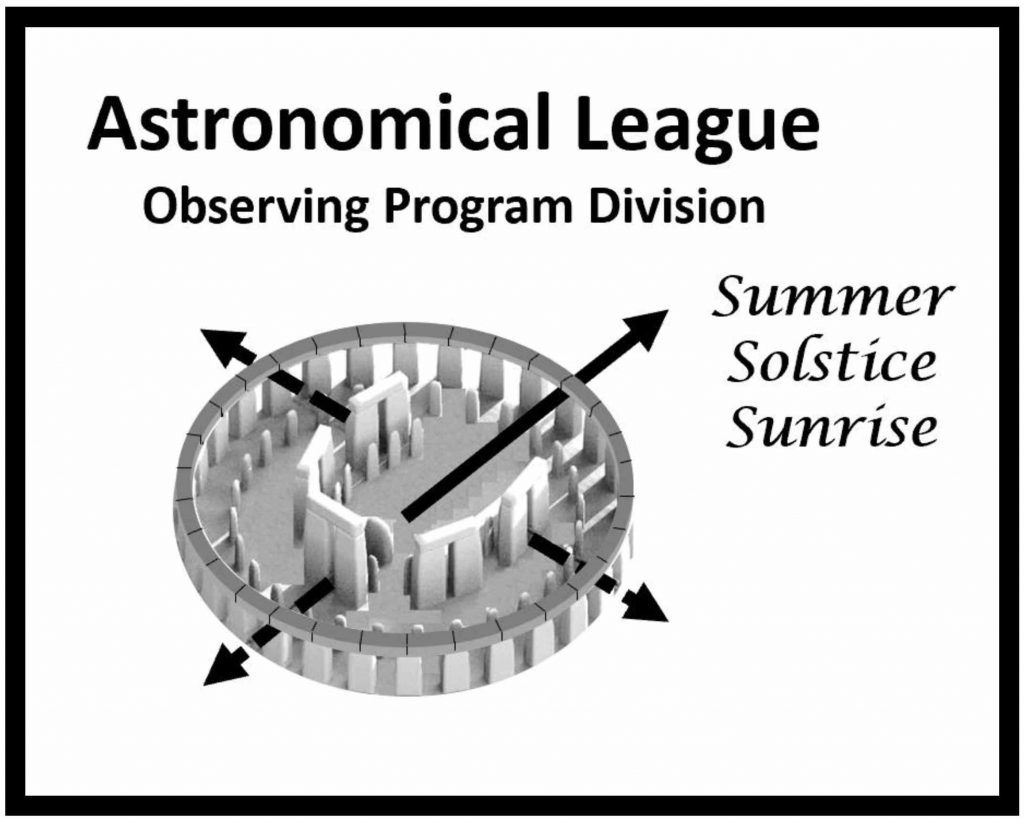IntroductionSeeing and Transparency are values that an observer uses to compare the quality of the sky from night to night. The values are very specific to an individual observer’s visual acuity. Seeing is a measure of how stable the sky is. Transparency is a measure of how clear the sky is. Most of the Astronomical League’s Observing Programs require the observer to evaluate these conditions for each observation and to record them in their observation log. |
 |
Here are two scales that are acceptable for all Observing Programs. They are simple to use and require no special equipment. Both of these values can be done very formally using special equipment, but for the AL Observing Programs this level of effort is not required.
Seeing:
How stable is the sky?
- E (excellent) – The brighter stars are not twinkling at all.
- VG (very good) – The stars are twinkling slightly, but the brighter planets are not twinkling.
- G (good) – The brighter planets are twinkling slightly.
- F (fair) – The brighter planets are obviously twinkling.
- P (poor) – The atmosphere is turbulent. all objects are twinkling to the points where observation is not practical.
Transparency:
How clear is the sky?
Transparency is a measure of what you can see in the nighttime sky in spite of dust, smoke, haze, humidity, or light pollution. An easy way to measure this is to use the magnitude of the faintest star you can see. Ideally, this would be looking straight up at zenith.
But, in the northern hemisphere, to make life simpler, you can use the Little Dipper (Ursa Minor) if you can see it. Here is the scale:
| 1. None | Magnitude 1 skies | |
| 2. Only Polaris | Magnitude 2 skies | α UMi |
| 3. … plus Kochab or Pherkad | Magnitude 3 skies | β UMi, γ UMi |
| 4. … plus any stars in the tail | Magnitude 4 skies | δ UMi (Yildun), ε UMi |
| 5. … plus another bowl star | Magnitude 5 skies | ζ UMi |
| 6. All 7 stars | Magnitude 6 skies | η UMi |
| 7. More than 7 stars visible | Magnitude 7 skies | … |
Although atmospheric extinction will vary from season to season, and from latitude to latitude, using the Little Dipper is a simple and reasonable solution.



